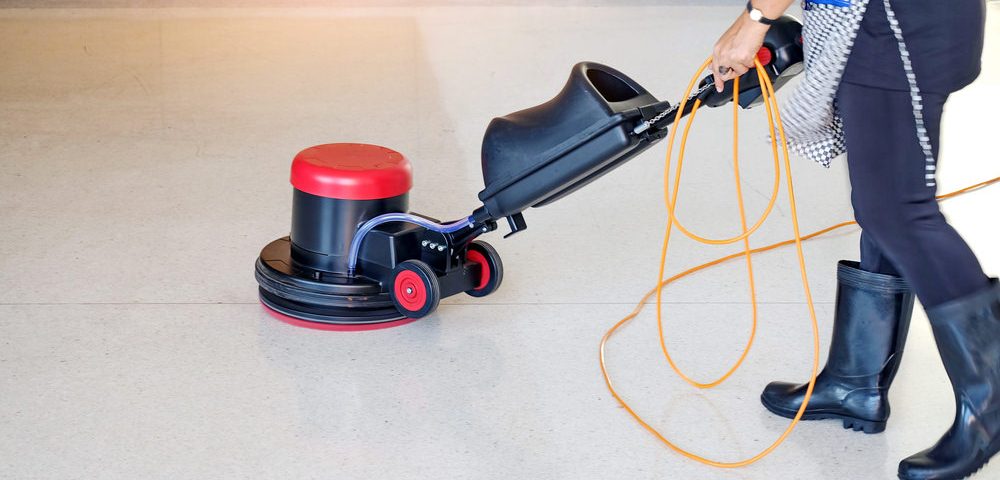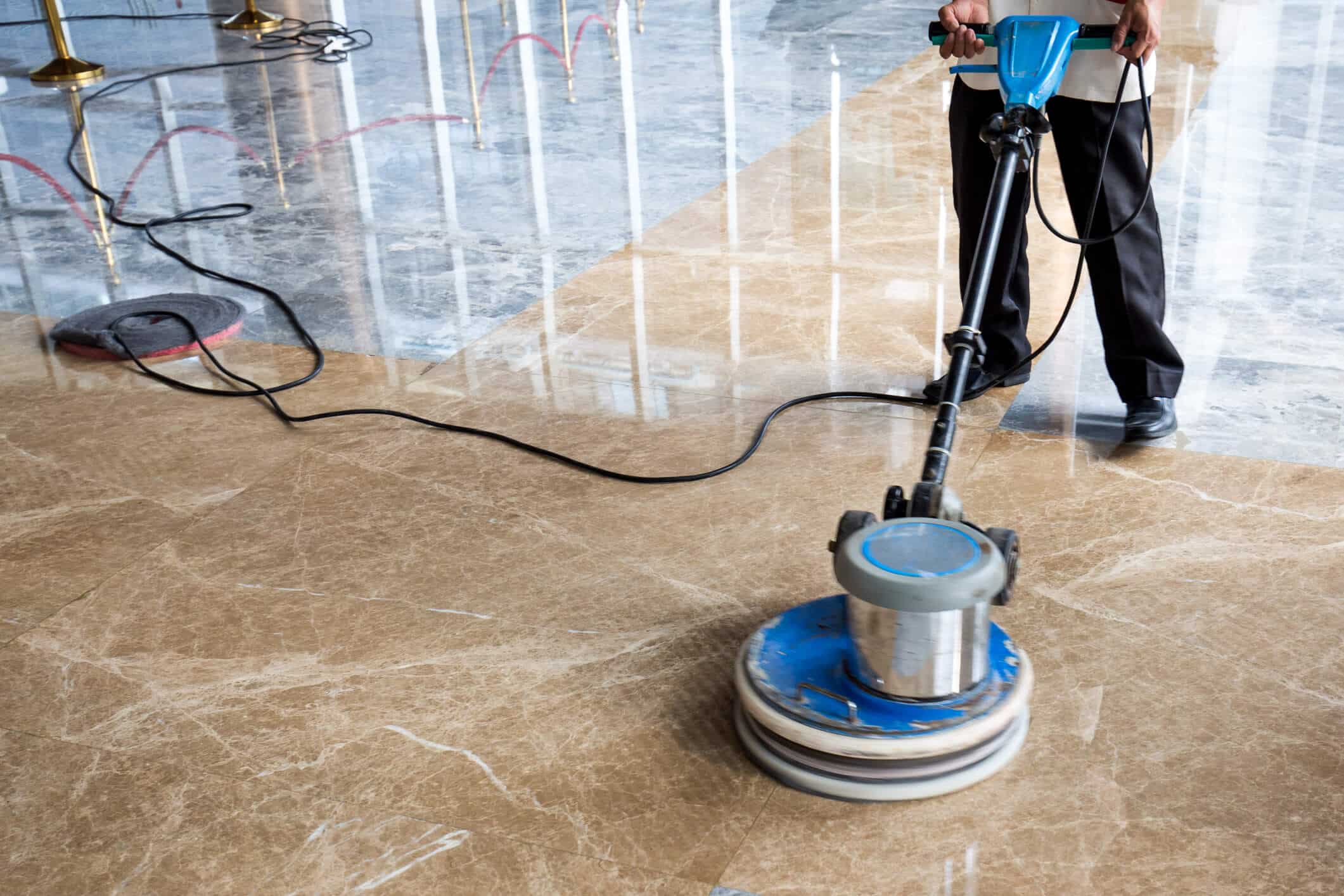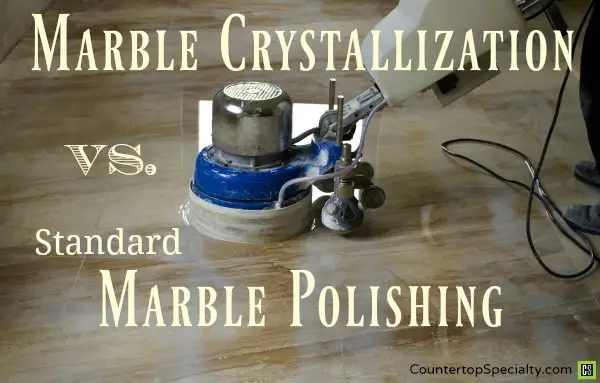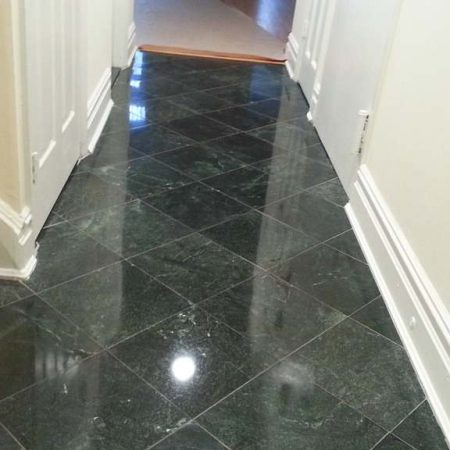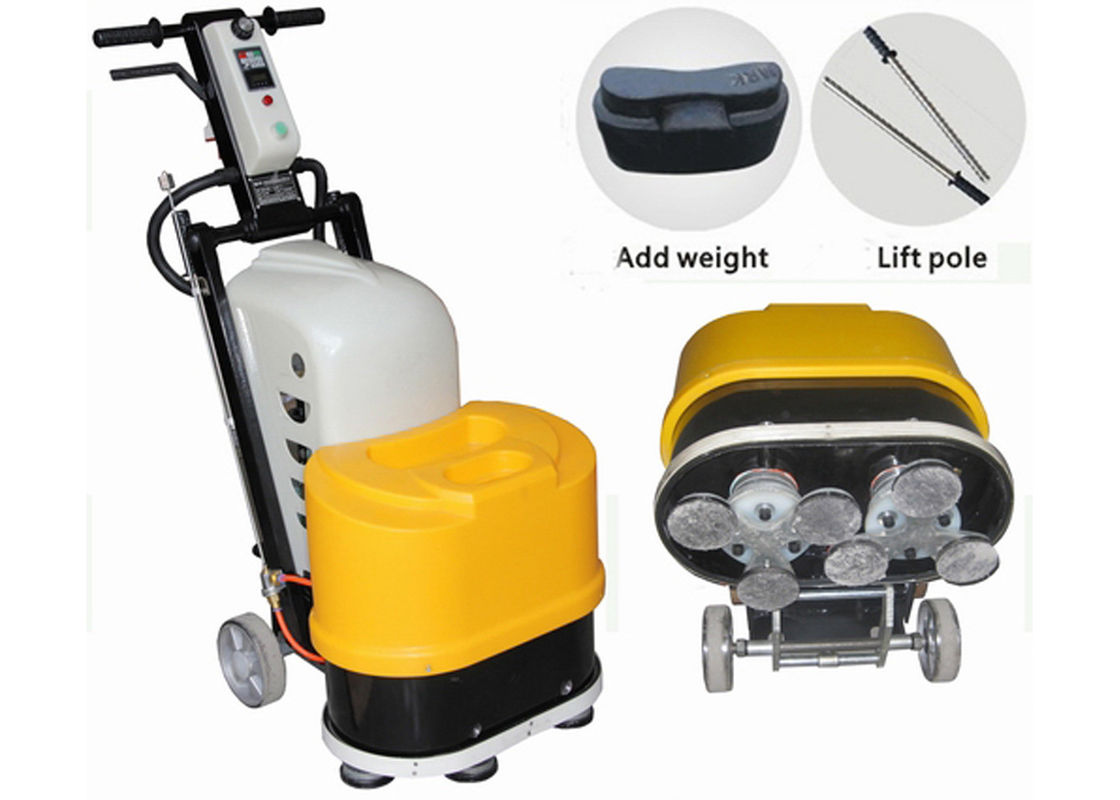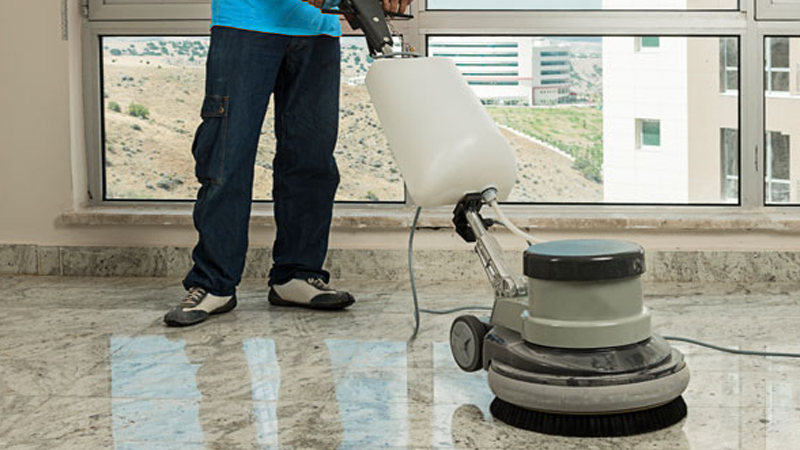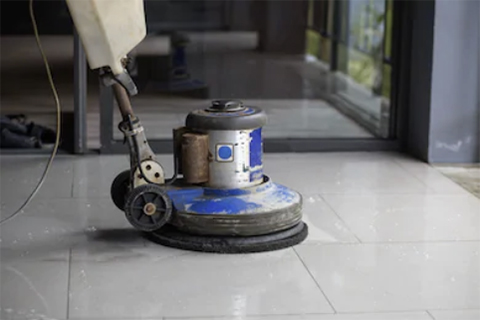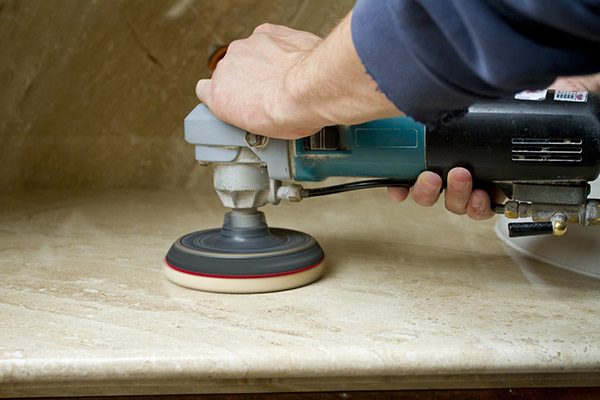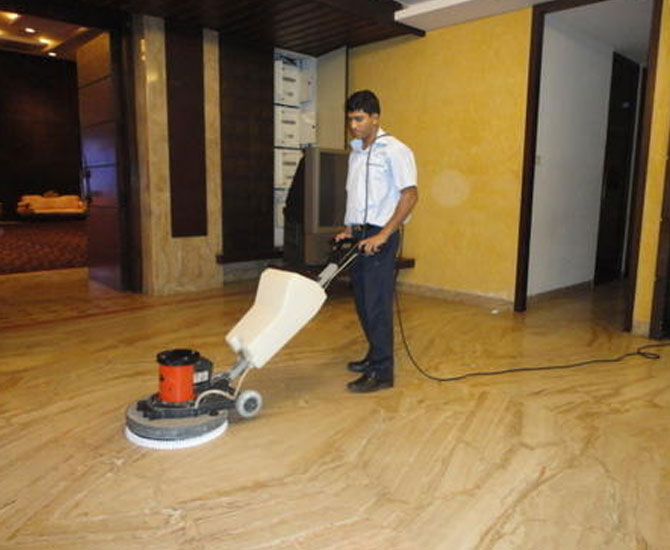And often people hold false assumptions and have incorrect ideas about how to polish marble or how marble polishing is actually performed to create a shiny surface finish.
Marble buffing process.
Marble polishing and etching are commonly misunderstood those dull water spots and glass rings etch marks are baffling.
If your cultured marble still has stains or shows damage you can polish it with a buffing compound and then again with a polishing compound.
It brings mirror like shine by chemical reaction on the surface of the marble.
If neither of these products works cultured marble can be wet sanded using 1 000 grit wet dry sandpaper.
Color buffing is usually done once the surface of metals like chromium and aluminum have become sufficiently smooth.
Residential areas should be buffed only once twice a year when building lobbies could require daily weekly buffing.
The process of how to polish marble.
The difference may be that the polishing process is often a preparation for the buffing process.
Wait 24 hours before applying your sealant.
Crystallization is a method of marble floor finishing.
4th step is buffing or crystallization.
Marble buffing helps to keep the marble shiny remove dull spots watermarks and micro scratches from the surface.
A marble polishing process option defined here.
Similar to buffing polishing also changes the surface of metal material.
Run the scrubber over the area initially 4 or 5 times more if needed.
Allow your marble to fully dry.
Change the pads as required during this process.





